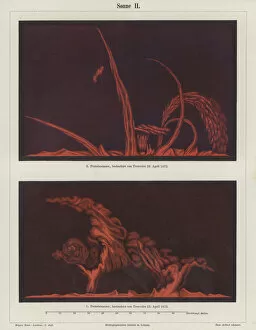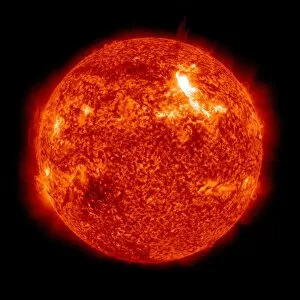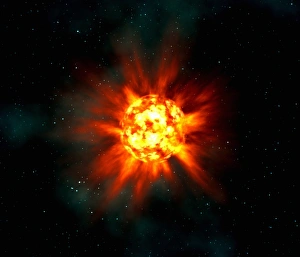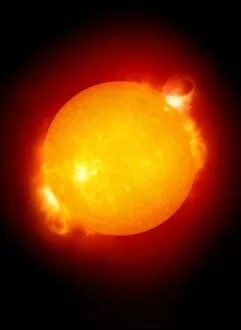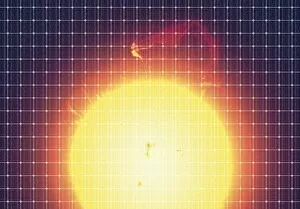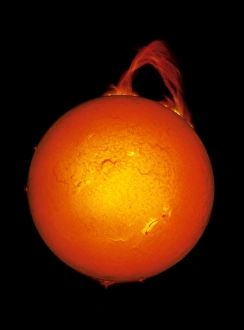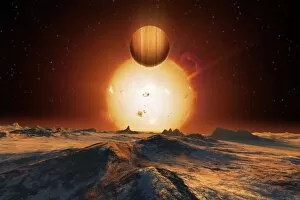Prominences Collection
"Captivating Prominences: A Glimpse into the Fiery Beauty of the Sun" Step back in time to April 1872
All Professionally Made to Order for Quick Shipping
"Captivating Prominences: A Glimpse into the Fiery Beauty of the Sun" Step back in time to April 1872, when French artist and astronomer Etienne Leopold Trouvelot captured the mesmerizing "Flames of the Sun" through his vibrant colour lithographs. These solar prominences, observed on 15 and 29 April, showcased the awe-inspiring spectacle that occurs beyond our earthly realm. Professor Pritchard and Mr De La Rue further unraveled this celestial mystery with their own colour lithographs titled "Solar Corona and Prominences. " Their meticulous measurements shed light on these enigmatic phenomena, revealing intricate details previously unseen by human eyes. Delve deeper into understanding these cosmic wonders with a diagram illustrating the formation of sunspots. Lithography brings this scientific concept to life as we witness nature's artistic hand at work within our vast solar system. Size becomes relative when contemplating our place in space. Artwork depicting the Sun and planets allows us to grasp their grandeur while appreciating their delicate dance around one another. The total solar eclipse on August 21 offered a rare glimpse as they emerged while the moon gracefully moved away from its fiery companion. This captivating event reminded us of both our insignificance in comparison to such celestial marvels and our profound connection to them. Fast forward to 1973, where NASA's Skylab Solar Telescope captured an image showcasing sunspots and prominences in stunning detail. The photograph served as a testament to humanity's relentless pursuit of unraveling mysteries that lie millions of miles away from Earth's surface. Travel even further back in time with Warren de la Rue's photograph taken during a total solar eclipse in Rivabellosa, Spain on July 18, 1860. Through his lens, he immortalized not only the ethereal beauty but also contributed valuable observations about solar corona and prominences for future generations.



